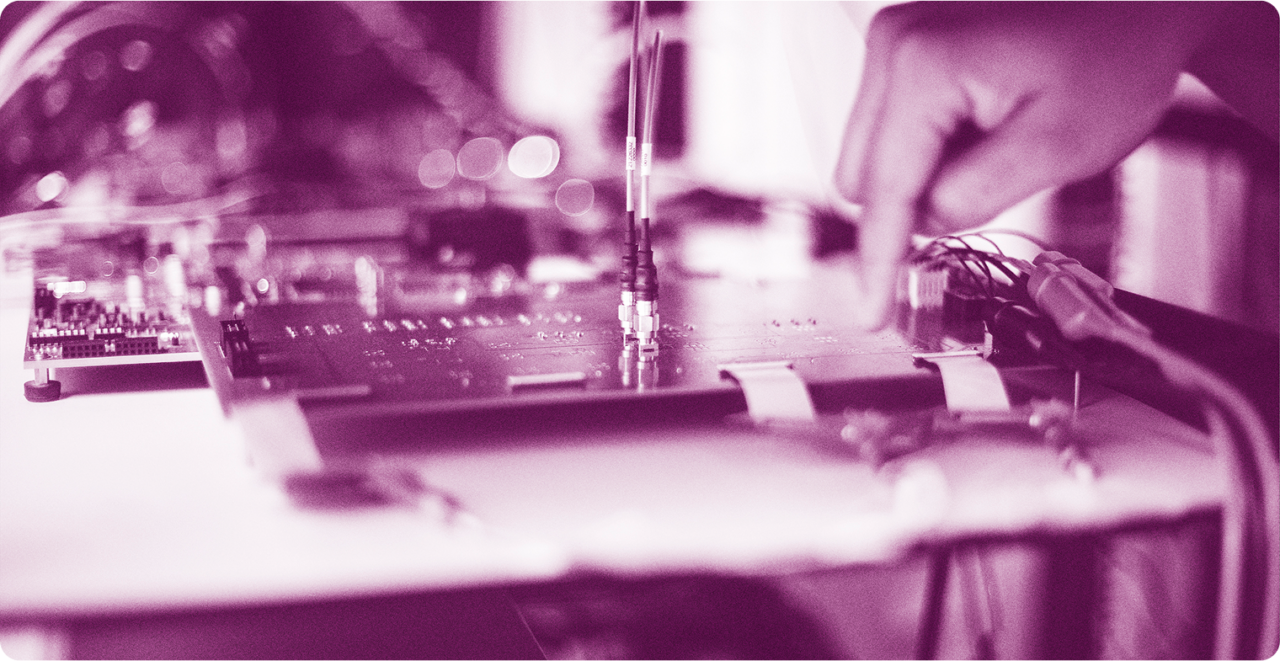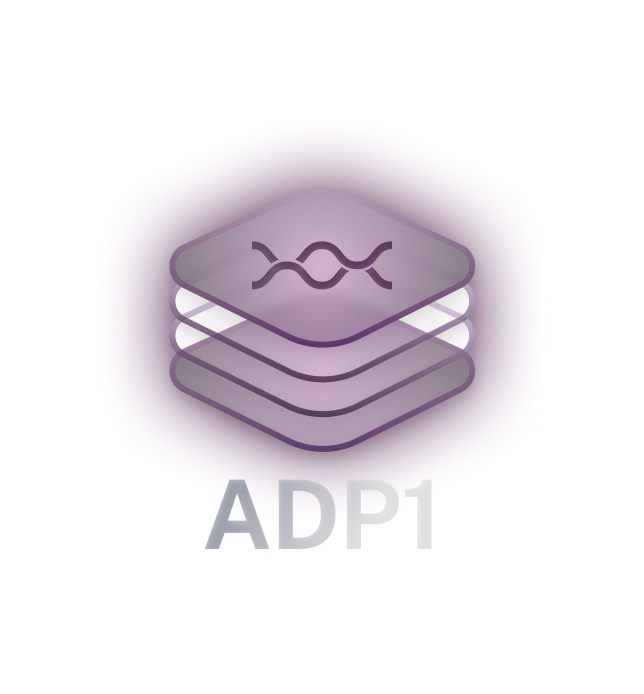Technology
BeammWave developes radio system solutions for mmWave (28-40 GHz) and cmWave (10-20 GHz) for 5G and 6G. At these frequencies there is a need for beamforming for optimized performance.
Our scalable distributed digital beamforming concept, currently covered by more than 40 patent families, eliminates the performance and design issues that exists with analog beamforming solutions.

Multi-Beam Support

Advanced Development Platform
Lower Power Consumption
Dynamic, real-time beam forming
Exceptional NLOS
performance

The Wireless Challenge
As wireless technology continues to evolve, the demand for greater capacity and lower costs per bit is higher than ever. Networks must handle more users, support faster data rates, and improve efficiency, all without increasing costs.
To address these demands, 5G and other technologies have turned to high-frequency spectrum, like mmWave (FR2). However, the industry has yet to deliver a working and cost-efficient solution that fully capitalizes on these high frequencies.
Key Industry Challenges

More Capacity and Lower Costs Per Bit
Delivering increased data transmission without a rise in cost, ensuring networks handle more users efficiently.

Higher Data Rates
Enabling faster communication speeds to support bandwidth-heavy applications like video streaming and virtual reality.

Lower Latencies
Reducing response time for real-time performance in critical applications like gaming and remote-control systems.

Better Energy Efficiency
Minimizing power consumption for both devices and infrastructure, leading to longer battery life and sustainable networks.

Lower Device Costs
Making advanced wireless technology accessible to a broader audience reducing manufacturing and deployment costs.
Beamforming
Beamforming improves wireless communication by directing signals where they’re needed most. But not all beamforming is created equal—analog and digital approaches come with different trade-offs in performance, adaptability, and complexity.
Analog Beamforming
Well-proven Design at the Cost of Performance
Current mmWave 5G relies on analog beamforming, combining signals before digitization to simplify processing. But this limits adaptability and directional precision, making it less effective in dynamic environments.
Pros
- Well proven transceiver architecture, low design risk.
- Reduces digital processing need since signal combining is made at antenna level using analog phase shifters.
Cons
- Directionally blind: Can’t distinguish individual antenna information, limiting precision.
- Slow to adapt: Beam-sweeping is trial-and-error, handling only one radio signal direction at a time.
- Thermal issues in the radio front-end during transmission due to close proximity of power amplifiers for each antenna.
Traditional Digital Beamforming
Precision and Speed for Advanced Applications
Digital beamforming processes signals from all antennas digitally, enabling simultaneous reception and transmission in multiple directions. Since all antenna information is in the digital domain, beamforming is transformed to a mathematical problem eliminating the need for beam-sweeping, ensuring rapid adaptability and comprehensive coverage.
Pros
- Highly adaptable: No beam-sweeping delays, enabling instant beam tracking.
- Multi-directional: Can receive from and transmit in multiple directions simultaneously.
Cons
- High complexity and resource-intensive: Requires more complex hardware and higher power consumption.
- Costlier setup: Increased system demands lead to higher implementation costs.
A New Way – The Beam Way
BeammWave Digital Beamforming
By viewing beamforming from a system level, a low complexity distributed digital beamforming architecture can be designed, giving performance on par with traditional digital beamforming at a complexity corresponding to an analog beamforming solution.
The core of the solution is that the traditional antenna array is replaced by a set of individual transceiver chips with their respective antennas. This set of transceiver chips is connected to a Digital BeamForming Accelerator (DBFA) chip. The DBFA digitizes all signals from the individual antennas, and reduzes the digital processing requirements comparable to an analog beamforming solution, while maintaining digital beamforming performance and benefits.
Product Portfolio
Smarter Beamforming, Seamless Connectivity
We deliver unique ready-to-integrate single-chip solutions that unlock the bold promises of 5G. BeammWave’s revolutionary approach to mmWave and beamforming delivers inexpensive radio-frequency integrated circuits (RFICs), supporting efficient digital beamforming and antenna arrays, to be used in any connected application.

Advanced Development Platform
A self-contained development platform allowing testing of the full BeammWave concept Over-The-Air (OTA) using 5G modulated signals.
Digital BeamForming Accelerator
The Digital IP giving digital beamforming performance with complexity corresponding to analog beamforming solutions.
RF Front-End
A versatile RF front-end featuring tri-band support (27-30, 37-40 GHz) and dual transceivers.
Same Hardware,
Many Applications
Whether it’s a smartphone, CPE (Customer Premises Equipment), or a small base station, the same hardware can be adapted to different configurations and transceiver setups.
Smartphones
Our digital beamforming solution boosts smartphone capacity and throughput by over 50% compared to traditional analog systems.
CPE for Fixed Wireless Access
Our technology achieves extended non-Line of Sights mmWave coverage as well as reduces thermal problems seen in current analog solutions.
Base Stations
Built on the O-RAN architecture, our approach enhances system capacity with multi-beam scheduling, optimizing performance in the mmWave frequency range.

Unlock the Future of 5G
with BeammWave
Ready to elevate your connectivity solutions? Contact us today to learn how BeammWave can transform your 5G applications.